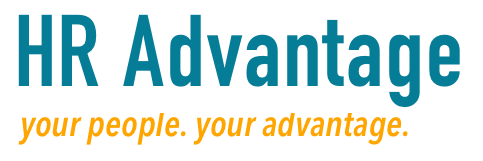Whole of Organisation Business Improvement - Seek out Improvement Opportunities - Staff Engagement
Case Studies > Organisational Change > Whole of Organisation Business Improvement - Seek out Improvement Opportunities - Staff Engagement.jpg)
The Client
The Chief Executive of a medium sized organisation working in the health sector. The project was initiated two years after a merger of two businesses operating in the Australian and New Zealand markets and merging together as a subsidiary of a large multinational.
The Brief
Following significant and successful restructuring to merge two entities, the Chief Executive was seeking to shape a forward facing business improvement agenda.
After consulting with HR Advantage the Chief Executive decided to take the opportunity to involve all staff and managers by directly engaging with them and eliciting feedback from across the business rather than take a top down approach.
HR Advantage was engaged to design and conduct a comprehensive process which involved staff and managers throughout the business to elicit feedback and inform the development of the business improvement agenda. Additionally, the Chief Executive sought to take the opportunity to capture feedback about the culture and workplace environment (eg. inclusiveness, respectfulness, values in practice etc.).
The scope for consultations was deliberately broad to not limit suggestions arising. As such it explored how to improve current ways of working, including work design, structure, processes (internal and external facing), customer engagement, company and workplace culture, capability, people management, communications within and across teams.
Our Response
HR Advantage conducted a series of focus groups with staff from across the business and one on one structured interviews with key managers at all levels.
The focus was on eliciting qualitative feedback based on staff and manager experiences of working in and their perceptions of the business. ‘Prompt’ questions were sent ahead of focus groups and meetings. The opportunity was offered to provide additional input after these were held.
Groundrules for meetings were established to foster open discussion and individual contributions were kept confidential. The data arising was collated and analysed by HR Advantage focusing on common themes that arose while also capturing instances where unique and specific improvement suggestions were put forward.
We then met with the Chief Executive for a comprehensive debrief to present and discuss findings. These were documented with clearly identified areas for improvement and key feedback information collected relevant to the improvement areas.
The Chief Executive acknowledged and accepted the feedback and we presented all findings to a full staff conference a week later. This reinforced to staff the independence of the approach, validated their own feedback and enabled all to appreciate the full spectrum of feedback and improvement areas identified. The Chief Executive acknowledged staff contributions and expressed commitment to action key areas, adding strategic context regarding the direction of business strategy and how the improvements identified would enable this.
The Results
A clearly documented comprehensive report identified key business improvements addressing: mission and values, workload management and job design, organisational structure, management roles, teamwork, training and development, career development, communication, leadership, processes and Information Technology. Feedback was included regarding culture, and strengths of the business as perceived by staff.
The consultant’s process and findings were transparent with direct feedback provided to all.
Staff and managers positively received the opportunity to talk directly with the consultant, to be engaged constructively in discussions with colleagues around business improvement, and to hear from the Chief Executive regarding the development of an improvement agenda with their input.
The approach followed was viewed highly favourably as means of driving improvement and engagement, compared with standard written/employee engagement survey approaches which although well established in the business had had limited impact on driving improvements. The client reported favourably on the cost/benefit of their investment in the project.

